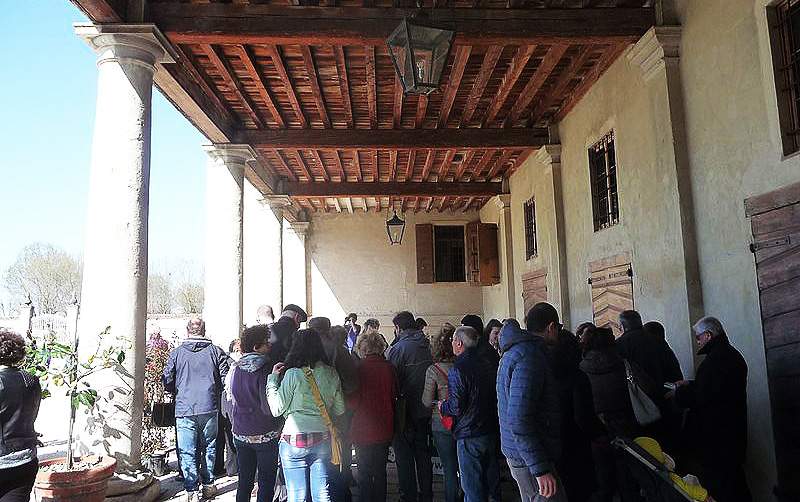There is a lot of talk these days about volunteering in cultural heritage, often in a polemical tone. Personally, I am not against cultural volunteering if it is a training course within a facility that offers its participants a path to growth and at the same time a service for visitors. Free guided tours are some of the services that are performed by cultural volunteers today. High school dropouts, early college students, retirees, even licensed tour guides now flock to our museums with free guided tour services. Volunteers often work within associations which nonetheless receive some financial benefits. This is done through agreed contributions to the association offering the service or through individual donations that are then channeled to the association by the volunteers themselves with more or less explicit invitations. In short, at the end of the “free” visit the money comes up anyway and certainly does not benefit the volunteers. In general, for brevi manu donations there are small or opaque forms of tax tracking. In Italy we are now the “black belt of associationism,” but when does this turn into unpaid work and when can it instead be considered a completely selfless service to the community? In addition, there is another element to consider. Who said that the guided tour must be free? Is this not a form of professional service? Can our most valuable resource, time, if it is given to visitors in a continuous and repeated form, still be called volunteerism? This, of course, changes if the person performing the free visit service is already an employee of the museum or site where he or she works. In such cases, thematic tours could be offered to differentiate the offer from those who perform this service for a living.
 |
| A guided tour during FAI Spring Days 2017 at Villa Saraceno in Finale di Agugliaro (Vicenza). Ph. Credit |
Indeed, how can a tour guide compete with a service that is offered for free? It simply cannot. And this has been well understood by some tour operators who have begun just in recent years to offer so-called “free tours” in the square. Tours are advertised in Spanish and English in major city centers giving even several appointments a day. These are services regularly performed by licensed guides (otherwise it would be illegal) who, however, officially receive nothing. Unofficially, a tip is demanded that ends up in a fiscal black hole to which only the guide’s statements and the person promoting the tour are authentic. A real “friendly fire” is hitting the category of tour guides already endangered by so many other pitfalls, not the least of which are bureaucratic. In short, who really benefits from the free guided tour service besides the unsuspecting visitor? Almost never the volunteer if we exclude the “gratitude,” “sense of belonging,” “training credits,” and “community service” that are sometimes attributed to him or her.
If we want instead to get out of the binomial culture = free and above all try to create professions (and professionalism) around our heritage, perhaps we should start opening our eyes to certain free realities and recognize the value of those who are trying to work honestly in this field.
Warning: the translation into English of the original Italian article was created using automatic tools. We undertake to review all articles, but we do not guarantee the total absence of inaccuracies in the translation due to the program. You can find the original by clicking on the ITA button. If you find any mistake,please contact us.